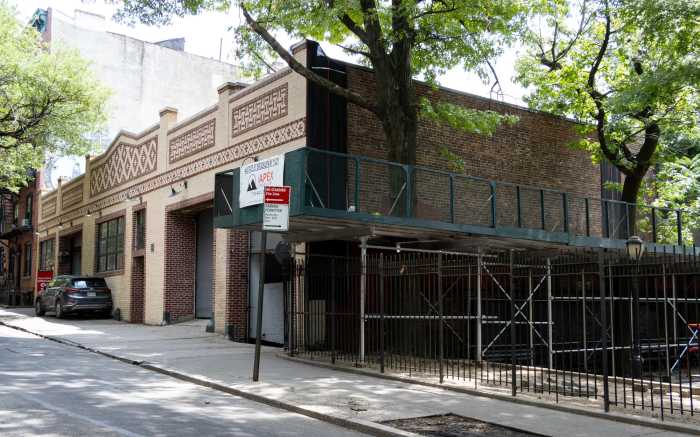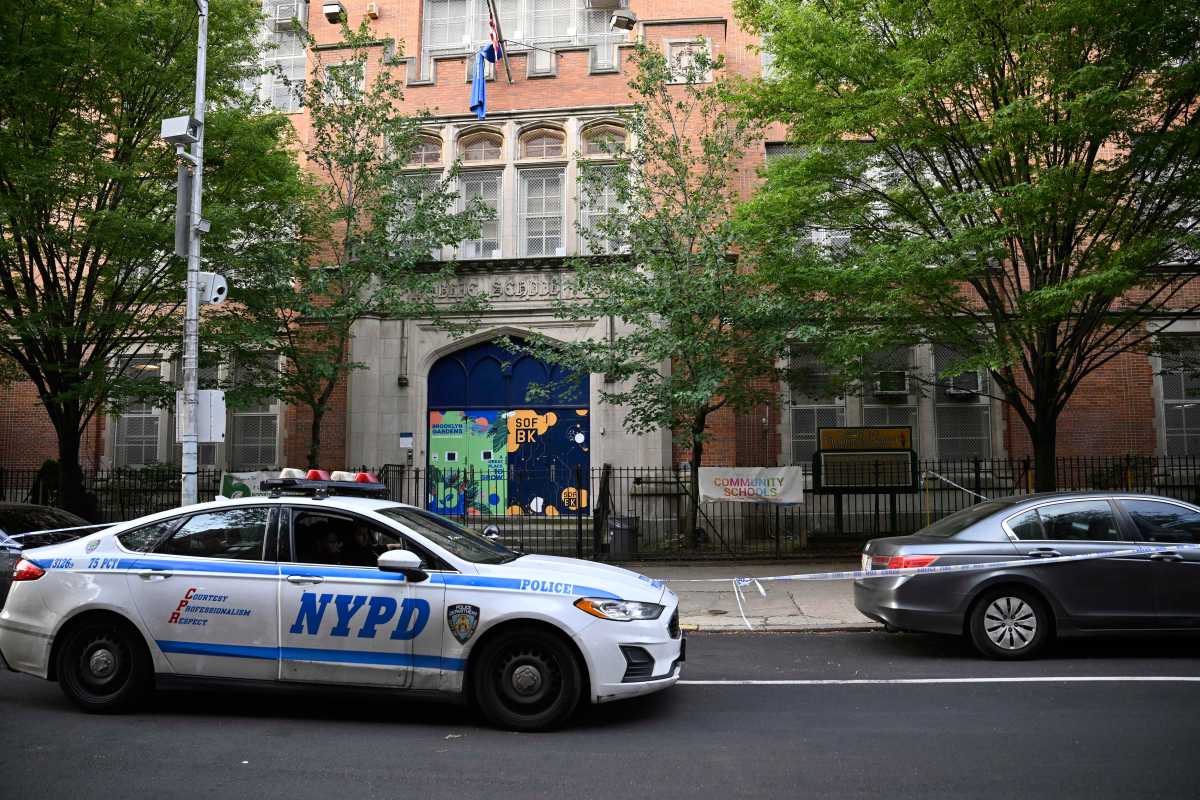Atlantic Yards developer Bruce Ratner scored a big win in court this week, as one of the state’s highest courts brushed aside opponents’ claim that the mega-project should be scrapped because its environmental review was a “sham.”
In a unanimous ruling handed down on Thursday, the Appellate Division affirmed a similar verdict made last January in state Supreme Court.
“The 3,500-page final [environmental impact statement] impressively detailed analyses of the project’s anticipated environmental impacts in 16 separately identified areas,” read the four-justice panel’s decision.
The ruling also backed the lower court’s reticence to interfere with legislative authority on issues of land use.
“It is by now a familiar refrain that [courts] may not disturb an agency determination as substantively flawed unless it is affected by an error of law, arbitrary and capricious, or constitutes an abuse of discretion.
“Courts … are bound to defer to the public purpose findings of the legislature and its agencies,” the justices ruled.
The courts’ long-stated reluctance to examine the Empire State Development Corporation’s decision-making process extended to opponents’ other main argument that the ESDC had wrongly concluded that blocks surrounding the rail yard at the heart of the project were blighted.
Real-estate values in those areas were actually soaring at the time the project was unveiled and hyped as a way of eliminating blight.
“There is no dispute that this previously designated area is, in fact blighted,” the ruling stated.
Jeff Baker, a lawyer for a 26-plantiff group that includes Develop Don’t Destroy Brooklyn, the Sierra Club, many block associations, the New York Public Interest Research Group and the Zen Environmental Studies Institute, said he would appeal to the state’s highest court, the Court of Appeals, to examine the ESDC’s blight finding.
“This ruling basically said, ‘If you have any reason to back up your blight determination, that’s good enough,’” Baker said. “But that’s not true. Yes, courts have ruled that they must defer to ESDC on whether the project serves a valid public purpose, but courts do not have to show deference to the underlying factual determination that there is blight.”
Baker praised a concurring decision in the case written by James Catterson, who wrote that state law is “ultimately being used as a tool of the developer to displace and destroy neighborhoods that are ‘underutilized.’
“There is sufficient evidence of ‘blight,’ Catterson wrote, “[but] I reject the majority’s core reasoning, that a perfunctory ‘blight study’ performed years after the conception of a vast development project should serve as the rational basis for a determination that a neighborhood is indeed blighted.”
Baker saw an opening.
“I think the Court of Appeals will be willing to consider ruling that the courts do not need to be a rubber stamp on blight rulings,” he said. “Courts can examine the facts and not just defer to the state agency’s unfounded analysis.”
Ratner disagreed.
“Today’s decision speaks comprehensively about the review and approval steps followed for this project and unanimously validates the process,” he said in a statement.
He also claimed to be “ready and eager to break ground,” though the developer has stated that the current economic downturn made him unable to build now.
Ratner’s costs have skyrocketed since the project was announced in 2003 and he has taken most of the development off the table, leaving only a basketball arena and two residential buildings as the first phase of a project that once called for 16 skyscrapers.
Opponents have called for the project to be re-examined in light of an economic downturn that decreases its likelihood of completion. The court ruling, in fact, suggested that policy makers might want to do just that.
“[The plaintiffs’] arguments [represent] legitimate concerns as to the effect of a project of such scale,” the court ruled. “This multi-billion dollar project remains … a matter of social and political volition, [so] the controlling judgments as to its merits are the province of the policy-making branches of government.”
Thursday’s ruling leaves one major case pending. On Monday, the Appellate Division’s Second Department heard oral arguments in a case that challenges the state’s use of its condemnation power to clear land and hand it over to Ratner. That ruling is expected this spring.

























